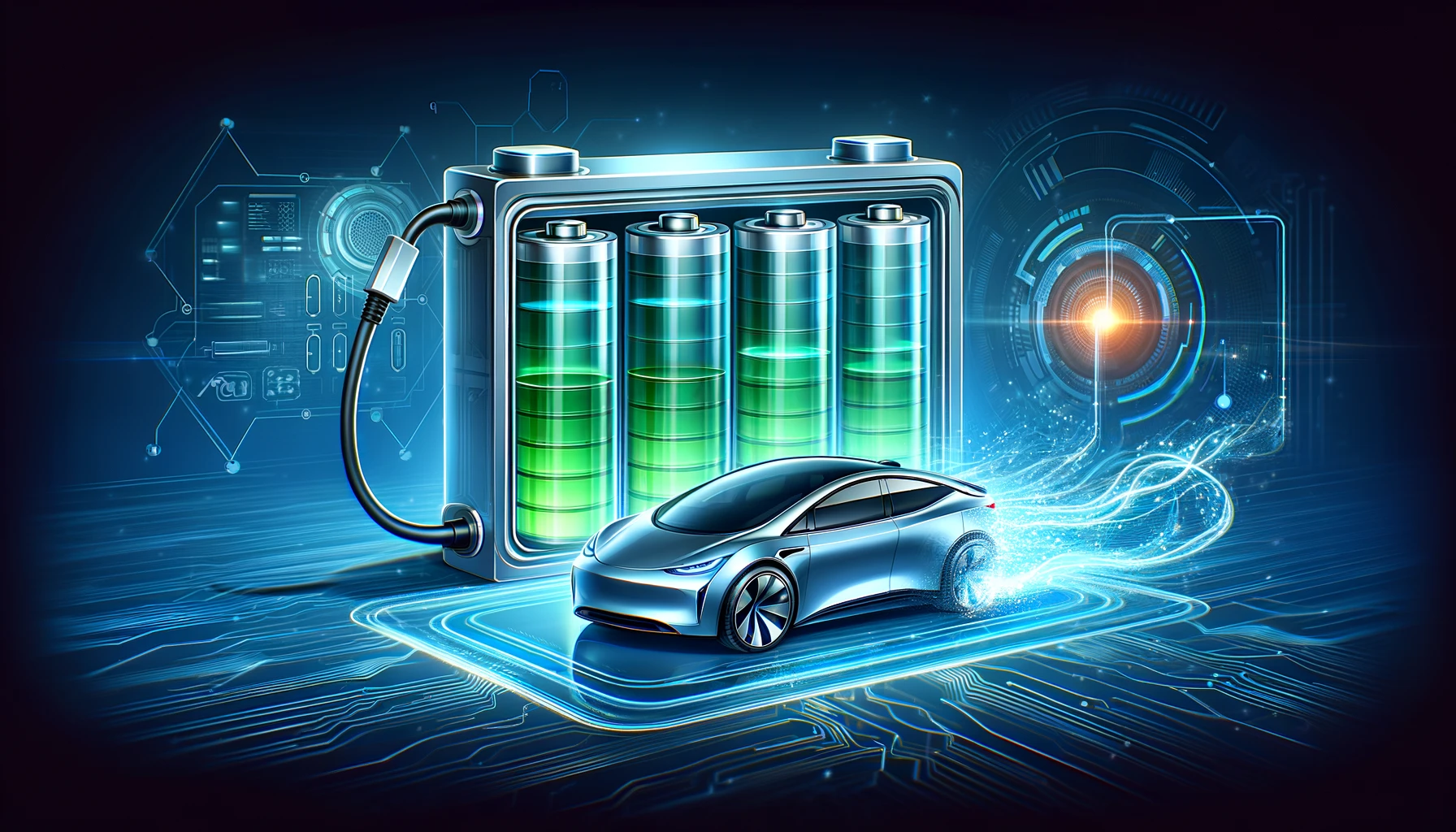The rapid growth and adoption of electric vehicles (EVs) is not only changing the automotive industry but also has the potential to revolutionize how energy is stored and utilized on a large scale. Companies like Tesla are showcasing the effectiveness of EVs through cutting-edge battery technology, leading to a spill-over effect into grid-level energy storage. This crossover could have a significant impact on reducing costs and increasing the reliability of renewable energy sources, thereby making EVs more accessible and sustainable in the long run.
In a roundtable discussion on the feasibility of electric vehicles, Dr. Dave Tuttle, a Research Associate at the University of Texas at Austin’s Energy Institute, delved into the crucial intersection of automotive and energy technologies. He discussed the mutual relationship between advancements in EV battery technology and their broader implications for grid storage systems.
Dr. Tuttle’s analysis highlighted several key points:
1. The use of consumer-grade lithium-ion batteries in the Tesla Roadster demonstrated how small-scale technology can be scaled up to power vehicles.
2. The demand for batteries from the automotive industry is increasing production volumes, leading to lower costs and improved reliability and safety of battery technology.
3. Technologies developed for EV batteries are being adapted for grid storage, as seen in initiatives like GM Energy and Tesla’s mega packs.
4. The energy sector could potentially surpass the automotive sector in revenue as companies focus on integrating their battery technologies into grid storage solutions.
5. The broader application of EV battery technology in grid storage represents a significant aspect of the energy transition with considerable potential for societal impact.
Dr. Tuttle’s research underscores the importance of technology transfer between industries to drive innovation and efficiency, pointing towards a future where sustainability is contingent on such collaboration


